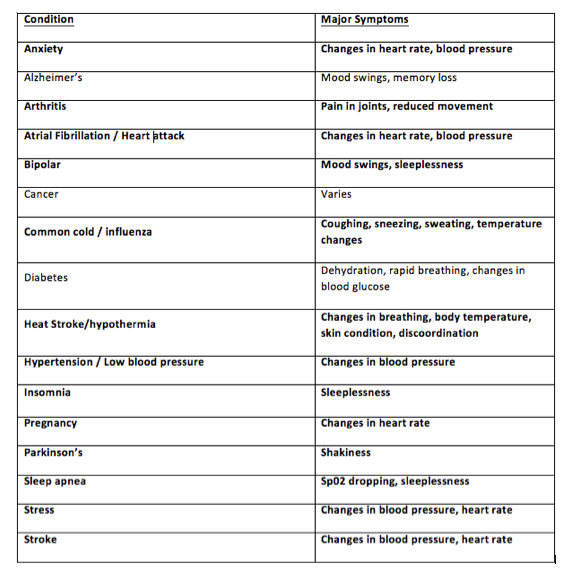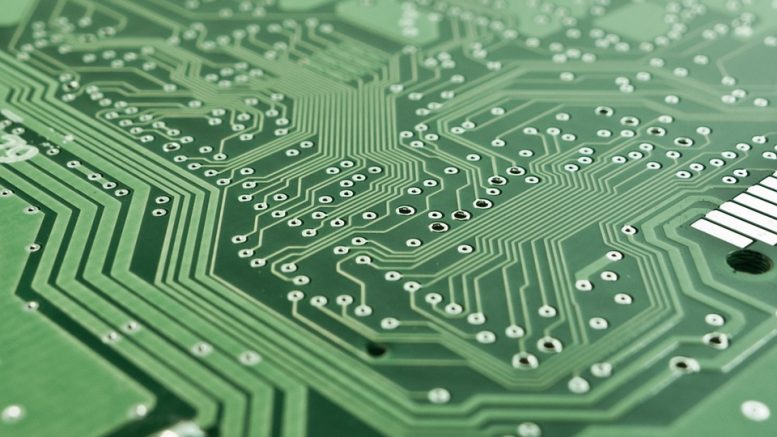We have previously discussed the Types of Biosensors that are Used in Wearable Devices and what information they are able to detect in the wearer. However, exactly what biological stimuli allow these sensors to record and analyze this information? Biosensors are often used in medical garments for monitoring of general health diagnostics. This could involve sensors embedded in a vest, an armband, etc. This embeddism in armband and vest helps medics expedite diagnosis, have a consistent stream of a patients vitals, as well as the status of an ailment or disease and its treatment.
A biosensor is made up of two parts – a transducer (or a physiochemical detector) and a biological element (the wearer, in this case). Biosensors can be applied to test microscopic cells and specific elements of biological entities. From that minuscule measurement scale, medical garments outfitted with multiple biosensors have been developed. As the sensor analyzes the wearer under different stimuli, the transducer registers this data and converts the stimulus into an electrical signal to be quantified as output data.
Some common medical field uses for biosensor medical garments include general healthcare monitoring, diagnosis of disease or sickness present in the wearer, and clinical level analysis. An example of a medical garment application is a small bib like garment worn under ones clothes that is imbedded with biosensors used to diagnose stroke risks by monitoring blood pressure and changes in heart rate, and then using a mobile upload to the patients doctors to assess long term fluctuations in heart rate and blood pressure. The biosensor allows you monitor changes in the body over long periods of time instead of just the short periods when you are at the doctor’s office. There are countless applications of biosensors both similar and very different to this one.
Listed below is a chart of conditions that could be monitored by biosensors, created by MD+DI (The Medical Device and Diagnostic Industry News). This knowledge of symptoms can be used to enhance the uses of biosensors in medical garments.

( Image Source: MD+DI )
A recent study—another great example of what biosensor medical garments can do outside of disease recognition—was conducted to see if a biosensor would be able to establish the concentration of ingested opioid and recognize the bodies’ reactions to the drug. Read more about that here.
Sensors embedded into wearable devices are without a doubt revolutionary, and future developments can only aid in the further advancement of wearable medical technology.

